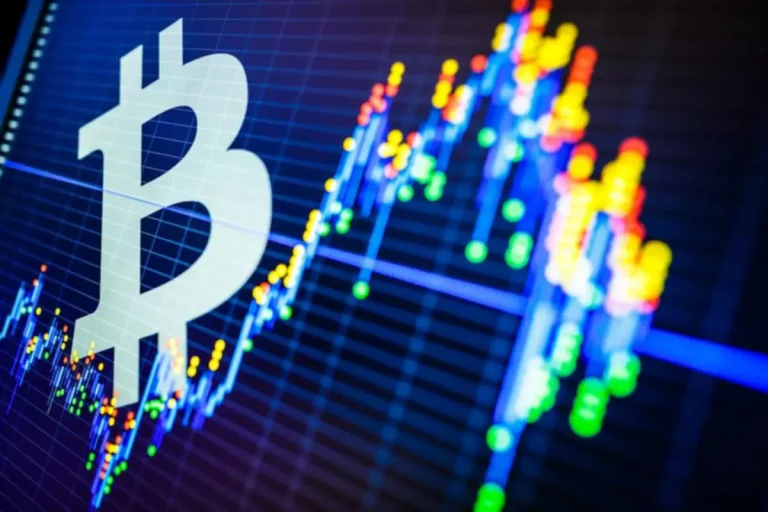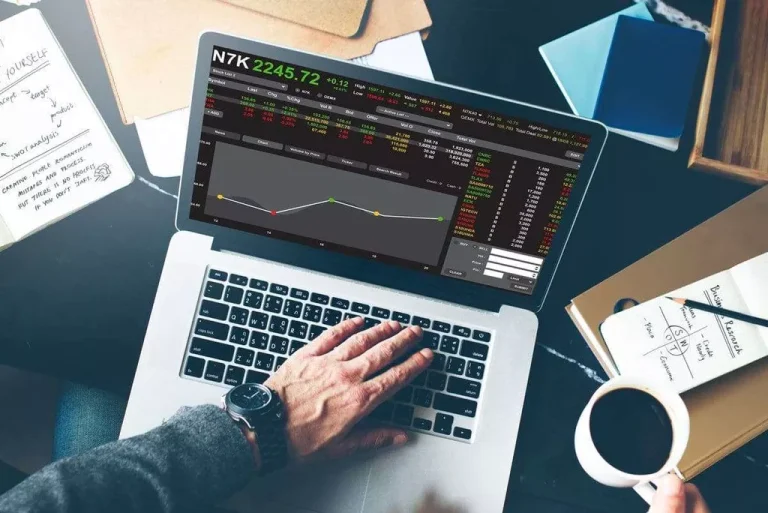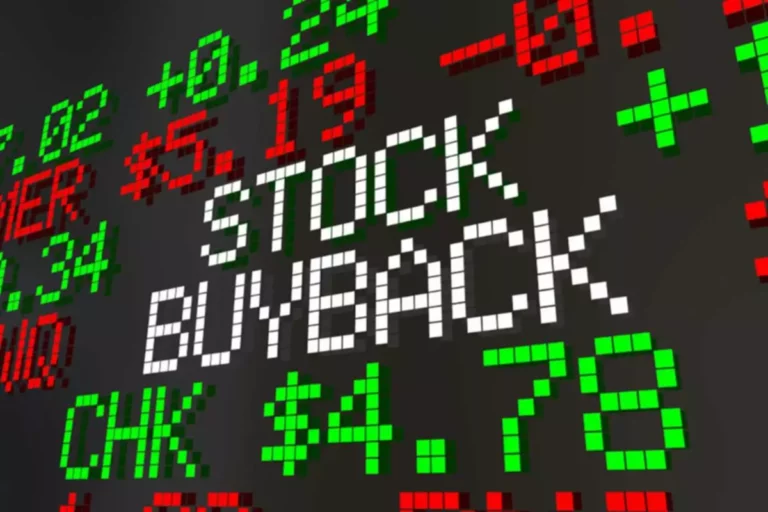Such information doesn’t constitute a recommendation to buy or promote specific securities or funding automobiles. Investing in international and emerging markets could contain extra dangers, such as social and political instability, market illiquidity, exchange-rate fluctuations, a high level of volatility and restricted regulation. Investing in small- and mid-size firms is extra dangerous and unstable than investing in giant firms as they might be extra unstable and less liquid than bigger firms. Matthews Asia and its affiliates don’t settle for any liability for losses both direct or consequential triggered by the use of this information. Exchange Traded Fund (ETF)
ETF liquidity is principally pushed by the liquidity of the underlying constituents held by the ETF. Before buying and selling any ETF, buyers should perceive the liquidity of the ETF’s underlying constituents, which can impression an investor’s execution costs and total expertise shopping for and selling an ETF. ETFs truly operate in a essentially totally different ecosystem to other instruments that trade on inventory exchanges, corresponding to particular person shares or closed-end funds.
Given their relationship with market participants and insight into primary and secondary market activity, they’re a important useful resource for traders looking to execute massive ETF trades effectively. As a general rule, buying and selling at occasions when it’s troublesome for market makers and other institutional buyers to hedge underlying securities in an ETF will probably end in wider spreads and less efficient trades. This is often the case simply after U.S. equity markets open and just earlier than they close. In that interval, the underlying securities are much less liquid, which can lead to wider bid-ask spreads. The daily quantity traded of an ETF is usually incorrectly used as a reference level for liquidity.
Etf Liquidity: What You Have To Know
On a high level, liquidity in the primary market is tied to the worth of the ETFs’ underlying securities, whereas in secondary market it is associated to the value of the ETF shares traded. The views and knowledge discussed in this report are as of the date of publication, are topic to change and should not replicate present views. The views expressed symbolize an evaluation of market circumstances at a selected cut-off date, are opinions solely and should not be relied upon as investment recommendation relating to a specific funding or markets in general.
Get your every day round-up of market information and features with our day by day bulletin or dive deeper into weekly industry tendencies with our Editor’s notice and high story picks, delivered every Friday at 7am. RBC iShares offers an unparalleled breadth of ETF options, a dedication to exceptional service and high investment experience situated all over the world. A long-running debate in asset allocation circles is how a lot of a portfolio an investor ought to… We provide steerage with ETF comparisons, portfolio methods, portfolio simulations and investment guides. Equity securities might fluctuate in value and can decline considerably in response to the actions of individual firms and general market and financial situations. Each of those players has a definite role, and their collective actions contribute to the liquidity and total effectivity of the ETF market.
Earn Ce Credit And Strengthen Your Follow On The Identical Time
Whereas these securities have a exhausting and fast provide of shares in circulation, ETFs are open-ended investment automobiles with the flexibility to problem or withdraw shares on the secondary market based on investor supply and demand. In one situation, it has a high trading volume and a good bid-ask spread of $0.02, indicating high liquidity, which implies shares can be simply purchased or sold without considerably affecting the worth. Alternatively, a inventory for ABC, Inc. has a low trading quantity and a wide bid-ask spread of $2, indicating low liquidity. Here, shopping for or selling ABC shares would not obtain costs as favorable, and trading large amounts could noticeably change the price. Through this simplified example, it’s evident how liquidity impacts the convenience of buying and selling and the stability of the market value, highlighting its importance in funding decisions. In the secondary market, ETF liquidity is most affected by market makers that are answerable for “making a market” for the safety.
Market makers will ship ETF baskets to the AP in change for ETF shares. Most suppliers have capital markets desks whose role is to work with portfolio managers, APs, market makers and stock exchanges to assist assess true ETF liquidity and help investors with efficient trade execution. The liquidity of GreenTech ETF is managed via these creation and redemption mechanisms, which help be certain that buyers can purchase or promote shares at prices representing the value of the underlying belongings.
Short sellers pay a charge to the lender so that they can borrow ETF shares to sell out there and then buy them again later at a lower price to lock in a profit earlier than returning them to the lender. In exchange for ETF shares, the short seller provides collateral, sometimes required to be greater in value than the borrowed shares. A main market that helps the ETF’s liquidity and permits them to commerce close to Net Asset Value (NAV) all through the day. A limit order—an order to buy or sell a set variety of shares at a specified price or better—gives investors some management over the price at which the ETF trade is executed.
Who’re The Main Liquidity Players Within The Etf Market?
After all, liquidity dangers have to be discounted in any illiquid security’s valuation because of slippage. Most ETF orders are entered electronically and executed within the secondary market where the bid/ask costs that market individuals are willing to purchase or promote ETF shares at are posted. Secondary market liquidity is decided primarily by the amount of ETF shares traded. One of the important thing advantages of ETFs is that they are often traded all through the day on a stock exchange. This permits for larger flexibility and implies that ETFs may be turned to cash quickly, if wanted. Let’s take a glance at how ETF liquidity works and discover an example of the liquidity of an ETF that has low assets beneath administration (AUM) in addition to low trading quantity.
Adam Hayes, Ph.D., CFA, is a financial author with 15+ years Wall Street experience as a derivatives trader. Besides his in depth spinoff trading expertise, Adam is an skilled in economics and behavioral finance. Adam acquired his master’s in economics from The New School for Social Research and his Ph.D. from the University of Wisconsin-Madison in sociology. He is a CFA charterholder in addition to holding FINRA Series 7, 55 & sixty three licenses. He at present researches and teaches economic sociology and the social research of finance on the Hebrew University in Jerusalem.
Why Does Liquidity Matter?
Portfolio managers’ trading desks execute trades as directed by portfolio managers. They work with liquidity suppliers of underlying securities to source liquidity, reduce buying and selling prices, and search greatest execution. Investors generally incur the value of the unfold between the costs at which shares are purchased and bought.
However, the entire liquidity of an ETF additionally includes the primary market liquidity that the APs facilitate. The creation and redemption course of can significantly enhance an ETF’s liquidity past what’s visible on the display https://www.xcritical.com/ screen. This allows the number of ETF shares to extend or decrease as needed, depending on market demand. Let’s assume that the demand for an ETF exceeds the present number of shares outstanding.
Financial advisors incorporating ETFs into consumer portfolios need to grasp how shopping for and selling them is different from mutual funds. ETFs have turn out to be enormously well-liked amongst particular person traders, but there are heaps of dangers to consider when buying or selling them. Liquidity can restrict an investor’s capacity to buy and promote without influencing the market price in an unfavorable method. In basic, individual buyers ought etf liquidity provider to persist with larger ETFs with high buying and selling volumes and tight spreads to reduce their threat, while additionally making sure that the ETF’s holdings aren’t obscure or illiquid securities. The secondary market’s liquidity, against this, is the degree to which the ETFs themselves commerce on stock exchanges with out affecting the market value. The liquidity of those part shares can depend on any number of elements, including the asset class, international market exposure, market capitalization, and market makers.
In truth, this $50 million commerce would at most solely represent 2.39% of the ADV of any of the underlying shares. Therefore, a market maker might easily supply the securities wanted to support the creation of latest ETF items wanted for a $50 million purchase. They have interaction with portfolio managers, traders, product managers, and different stakeholders to address any liquidity issues identified. For much less liquid securities, corresponding to rising market equities, market makers might not have the flexibility to source the securities. In this case, the ETF issuer may accept cash-in-lieu as part of the ETF basket, purchase these securities immediately from underlying safety markets for the fund, after which charge associated prices to the market maker. Liquidity is amongst the most essential features attracting a various group of traders to exchange traded funds (ETFs).
Understanding Etf Trading Quantity And Liquidity
When it comes to an individual firm, it typically has a set supply of shares buying and selling on the open market, and the average day by day buying and selling quantity is a powerful indicator of its liquidity. However, whereas ETFs also commerce on an trade just like shares, they’re open-ended investment autos — this means that they’ll concern a limiteless number of items. ETF liquidity, due to this fact, is not limited by the number of ETF items that at present exist.
These mechanisms adjust provide to fulfill demand and assist preserve the ETF’s worth stability and liquidity, that are essential for an environment friendly buying and selling experience and honest asset valuation for investors. If there’s demand for a particular ETF, a designated broker or market maker can create new units by delivering a basket of securities to an ETF sponsor. In return, the ETF sponsor delivers ETF units of equal worth to the market maker, which the market maker then sells publicly on the trade to satisfy investor demand. The reverse process is followed in case of redemptions, when the availability of units is larger than demand. ETF liquidity has two components – the amount of models traded on an exchange and the liquidity of the individual securities within the ETF’s portfolio.
Is The Liquidity Of Etfs And Mutual Funds Comparable?
The “secondary market” liquidity seen on exchanges is essential for ETF traders and merchants. However, not like stocks, ETFs possess another layer of liquidity concerns because of how they are created. Implied liquidity is the total quantity of shares that you’re able to create and redeem on any given day with out having to materially have an result on the least liquid safety in that ETF’s basket. All else equal, ETFs that invest in broadly traded U.S. large-cap stocks are extra liquid than ETFs that trade in much less liquid elements of the market such as emerging market debt and micro-cap stocks. While a mutual fund trades solely on the first market, ETFs trade both on trade and on the first market giving them an extra layer of liquidity, particularly during periods of market stress. Meanwhile, the secondary market is the place market makers match ETF patrons and sellers and trade the present supply of ETF shares.




